+86-15889090408
[email protected]
Lying on the world’s highest plateau, Tibet Autonomous Region is a magical land hidden far away in the northeastern part of China, which lies at 4500 meters above sea level. Being one of the most popular destinations for travelers. Tibet aka the third pole due to its harsh weather is one of the most remote places on this planet earth.
Which consists of a few of the world’s famous mountains and lakes such as Mount Kailash a sacred mountain revered by both Tibetan Buddhists and Hindus, Qomolangma National Nature Reserve the Tibetan side of Mount Everest.
Yarlung Tsangpo Grand Canyon is the deepest canyon in the world and has several of the world’s highest lakes, including Namtso Lake aka heavenly lake, lake Yamdork, lake Manasorvar, etc.
Entering Tibet does require a few rules to follow because this mysterious land is not open to independent travelers or backpackers.
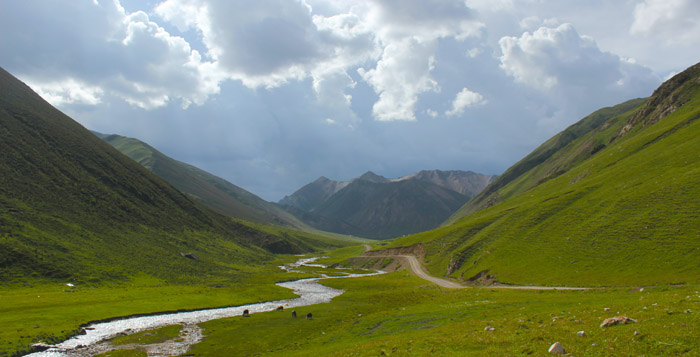

Tibet was and is one of the most favored destinations among travelers but you cannot travel alone within the region. You can’t just pack your bag and buy a ticket. There is a common misconception that if you have a Chinese visa you can freely travel alone just like you can in mainland China.
It is prohibited to travel independently or go backpacking across Tibet. There is only one option that I have to take which is to book a tour with the tour operator in Tibet.


All travelers to Tibet must book their Tibet tours through a registered Tibetan tour operator, such as Explore Tibet which offers great tour guidelines and tour guides. If you are an independent or solo traveler, there is an option that can help with your requirements. Even though independent travel is no longer permitted, there are ways for solo travelers to travel to Tibet.
There are two types of Tibet tours offered by Tibet tour operators that are private tours and group tours.
Private tours are booked for one person or family alone. But the downside of the private tour is that it is much more expensive than a group tour. They will provide you with a local tour guide and a driver.
The group tour is a group of random people puts together depending on the itinerary you choose to book. A group usually has more than 5 people in each group with a local tour guide and a driver. It is much cheaper than a private tour.
Explore Tibet is one of the most trusted and well-rated travel agencies in Tibet, providing the best tour service you could ever experience in Tibet. Check out the reviews on TripAdvisor.
As I’ve said above if you want to visit Tibet you cannot just buy a ticket and fly to Tibet. You must plan ahead for a few weeks before traveling there. Because you need to have a wide variety of travel documents to enter Tibet, many of which can take some time to obtain.
In the first place, you will need to have a Chinese Entry Visa (or Chinese Group Visa for those entering from Nepal), which can take around 3-5 days to process with the Embassy of the People’s Republic of China. Only once you have your visa (for entry from mainland China) can you book your Tibet tour with a registered Tibet travel agency.
Once your trip is booked, your tour operator will apply for the Tibet Travel Permit on your behalf, as you are not permitted to make personal applications with the Tibet Tourism Bureau (TTB). This process normally takes around 8-9 days now.
You then will have time to book your flights to China. It can be either flight or train tickets to Tibet and time for booking hotels (unless you allow tour operators to do it as part of the package). Overall, for planning a trip to Tibet, you should book the tour at least 25 days in advance, with your Chinese Entry Visa already obtained.
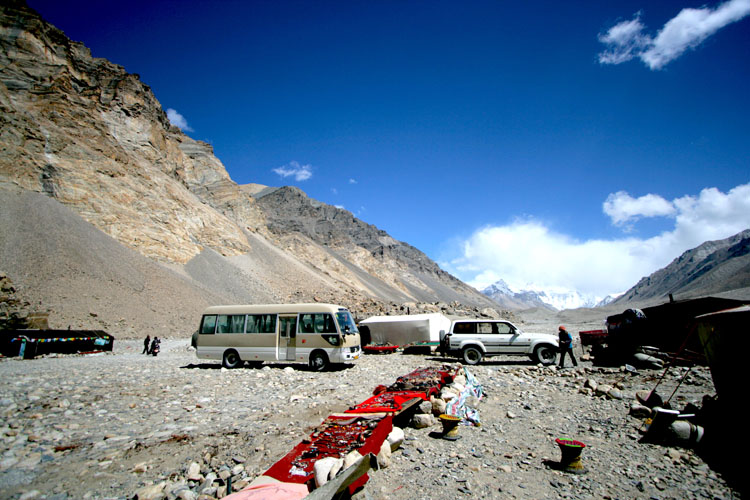

Travel to Tibet requires some special documentation, as well as your passport and Chinese visa. But this does not mean that it is hard to get. All documents that you’ll be needing to enter and travel around Tibet will be applied on your behalf by the tour operator. For those traveling to Tibet from the mainland, you will need your valid passport and Chinese entry visa. Therefore you should plan your tour
The first permit that all foreigners need to obtain is a Tibet Travel Permit which is only issued by the Tibet Tourism Bureau. You cannot get this permit from a Chinese embassy or consulate.
Tibet Travel Permit
Applied for once you have booked your tour to Tibet, the Tibet Travel Permit is required for travel into Tibet and around the area of Lhasa. The application requires scanned copies of your passport and visa and can take up to 15 days to process.
Alien’s Travel Permit This permit is required for travel to all areas of Tibet that lie outside Lhasa, though some do require additional permits. You can travel to Shigatse or Chamdo Prefectures without the additional permits, and the Alien’s Travel Permit is applied for once you reach Lhasa by your tour operator before you can leave the capital region.
Restricted Areas Permit While the Alien’s Travel Permit covers some areas outside Lhasa, you will also need the Restricted Areas Permit, sometimes known as the Military Permit, to travel to areas such as Ngari, Nyingchi, and the vast area of Nagqu. This is applied before you travel, as it can take up to two weeks to process.
Frontier Pass For those traveling to Mount Everest Base Camp, Mount Kailash for the Kora Trek, or crossing the border into Nepal, the Frontier Pass is a requirement. Required for all tourists traveling within the areas of the Chinese border, it is applied for by the tour operator once you reach Lhasa.
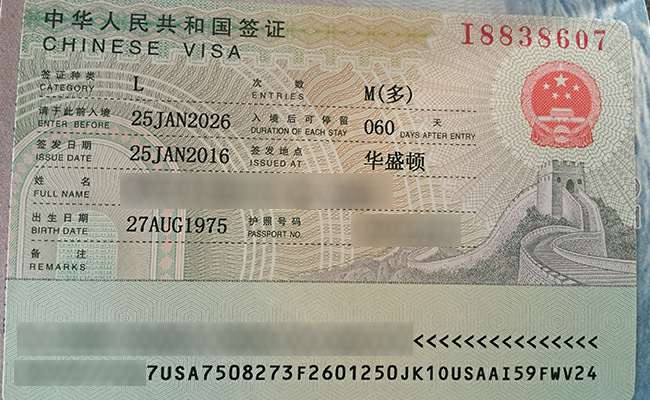

To get to Tibet there are three means of Tibet transportation.
By Air:
there are two ways of traveling by air. One by taking an international flight. There is only one international to Tibet (Lhasa) which is from Nepal, Kathmandu. It’s the best option if you’re taking international flights.
The other option is taking flight from the mainland to Tibet. There are over 20 cities that provide flights from the mainland to Lhasa capital city of Tibet, including; Chengdu, Xian, Beijing, Shanghai, Kunming, etc.
By Road (Over Land) :
Overland again there is one way. It is by crossing the Nepal- China border from Nepal through Kyirong or other borders. But when entering Tibet from Nepal, the visa used is the Chinese Group Visa, which is a little different. The visa is a sheet of paper, not an entry stamp, and contains the names of all the members of the party. With the Chinese Group Visa, all named members of the visa group must enter and exit Tibet at the same time and at the same port of entry/exit. It is not possible for the group to split up and leave in different ways at different times.
Traveling by road from the mainland, I’ve not heard any official reports of the buses.
By Train:
There are daily trains to Lhasa. Trains depart from seven gateway cities across China to Lhasa, including, Beijing, Chengdu, Chongqing, Guangzhou, Lanzhou, Shanghai, and Xining. Traveling by train may be a long journey, with the shortest train trip to Tibet taking up to 22 hours, but it is a great way to travel to the plateau and an amazing experience for first-time travelers. Because you get to enjoy the beautiful scenery on the way like Qinghai lake. Plus if you travel by train you’ll slowly get used to its altitude, which will help to reduce high altitude syndrome, so there is a better chance you’ll not get sick on your arrival.
Tibet Trains are always cheaper than flights to Lhasa, and while they are much longer, it is the ideal way to travel for budget tourists, with berths to sleep in while you ride the special Tibet Trains. Train tickets during the busy summer tourist season can be extremely difficult to get. In order to purchase train tickets, you’ll have to show your Tibet travel permit. So most people prefer paying a little extra and having the travel agency book form them. Booking can also be done through your tour operator, to ensure that you get the train of your choice on the date you need to travel and are not left stuck because of high demand.
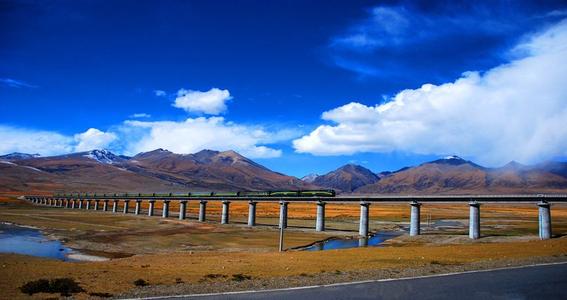

The Tibetan plateau lies at an average altitude of 4800 meters above sea level. So one of the main concerns for travelers is altitude sickness. At this altitude, most people suffer from mild headache, nausea, dehydration, insomnia, etc. To acclimatize yourself to this altitude, it is recommended to stay hydrated by drinking plenty of water or electrolyte fluids. And take a day or two to have good rest and eat healthy food. Take things a bit slow to acclimatize yourself to the new environment.
Travel in Tibet is strictly regulated for tourists, so you must keep your passport and travel permit with yourself at all times. No matter which scenic place you visit you has to show your passport and travel permit all the time.
Things you need to prepare
Tibet in summer is very warm but only during the day time. Early in the morning and in the night it’s a bit chilly so I would recommend you take an outdoor jacket or a few warm clothes to keep warm yourself. Due to its uneven weather (cold in the morning and warm during the day), it’s very easy to catch a cold. Plus the altitude, it would be better to take few medicines (first aid) just for precaution. Tibet being the roof of the world UV rays are very strong so I personally recommend you take sunscreen (SPF 50), hats, and sunglasses to protect yourself from the sun.
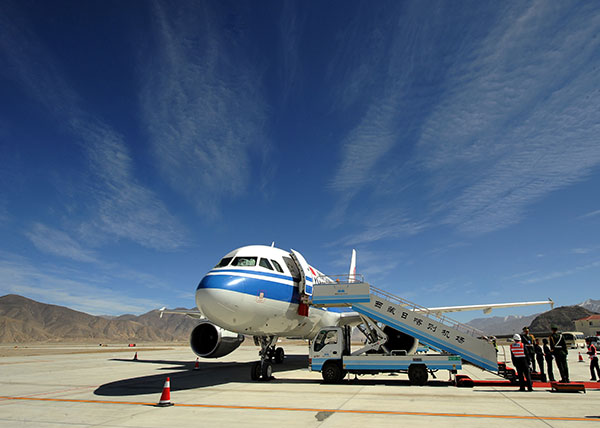

For serious trekkers and adventurers looking for an unforgettable journey, Tibet Trekking is the perfect way to explore the breathtaking landscape of the Roof of the World. Experience the high mountain passes, vast grassy meadows, and bustling monasteries of the Himalayas and get a glimpse into a unique culture. With a trekking tour ranging from easy beginner trips to more challenging advanced treks, there’s something to suit all tastes.
Tibet is known as the « Roof of the World » and is considered to be one of the most mysterious and alluring places on Earth. The vast, beautiful landscape of mountains and valleys provides an awe-inspiring experience, the likes of which cannot be found anywhere else in the world. Trekking in Tibet is the epitome of adventure and is the perfect way to explore this remote and remarkable corner of the world.
The average duration of a Tibet Trekking tour is usually between 8 days and 1 month. The most popular trekking routes are from Lhasa to Everest Base Camp, from Kathmandu to Lhasa, and from Lhasa to Mt. Kailash. Each route comprises multiple stages and can involve anything from trekking, nature walks, wildlife spotting, camping, and cultural visits. Many visitors opt for pre-arranged group tours, for the convenience and safety of travelling with an experienced guide.
Before embarking on a Tibet Trekking journey, it is important to know what to expect in terms of terrain, transportation, and living conditions. The landscape is highly varied, with mountains, valleys, and grasslands providing stunning views of the Tibetan Plateau. The weather conditions can be unpredictable and altitude sickness is common, so it is important to prepare adequately and to be aware of one’s own fitness level.
Travel in Tibet is often by bus, van, or four-wheel drive. Vehicles can be crowded and uncomfortable and roads are often rough and bumpy. Hotels along the way are often basic, offering basic levels of comfort and amenities. In more remote areas, camping is the only accommodation option. Staying in tents can be uncomfortable, so warm sleeping bags and good sleeping mats are recommended.
The most important part of trekking in Tibet is to be respectful of the local culture and avoid offending anyone. Behave in a polite and modest fashion, dress appropriately, and show respect for Buddhist religious sites.
Trekking gears need for the Tibet trekking tour
Tibet Trekking offers an experience like no other—an unforgettable journey through mountains, lakes, monasteries, and an unfamiliar culture. Accessible to travelers of all levels, it is a great way to explore the beauty of this captivating region of the Himalayas.

